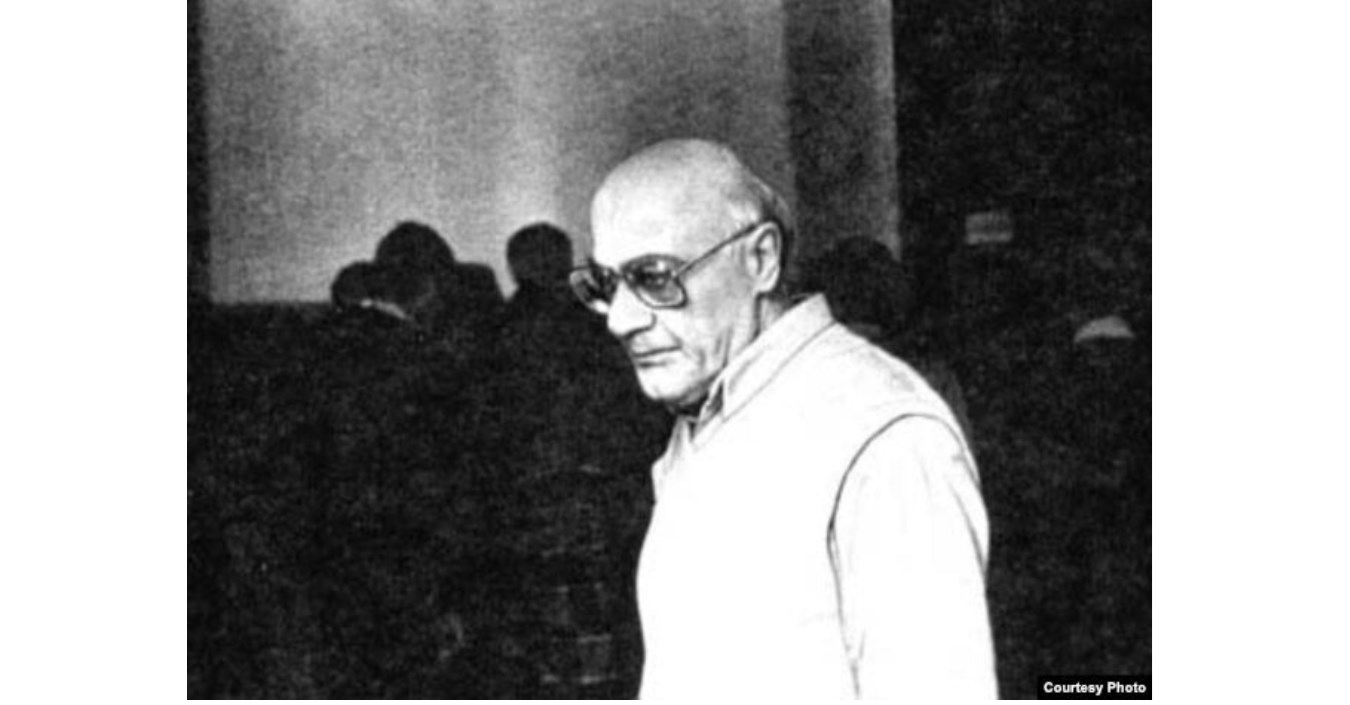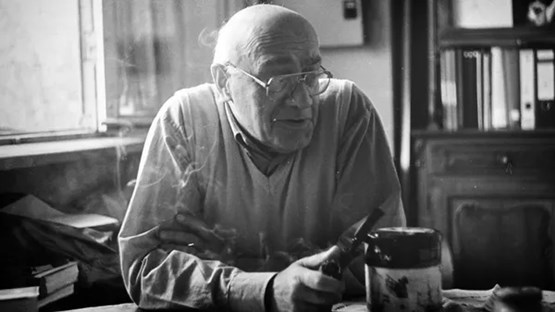
Repeating Mamardashvili | Essay 7 – Artificial Intelligence and Consciousness
In 1920 Karel Čapek introduced the word robot in his play R.U.R. – an abbreviation for Rossumovi Univerzální Roboti (Rossum's Universal Robots). In the play a group of scientists create artificial people, the robots, which resemble humans since they are artificial biological organisms rather than being of mechanical origin. The robots are used as a cheap labor force without them being able to voice any demands. Over the course of the play, the robots stop being machines, they start thinking by themselves and ultimately, turn on the humans to escape slavery.
In act two, when being surrounded by robots and awaiting to be killed, the human Dr. Hallmeier, the head of the institute for robot psychology and education states: 'It was a great thing to be a human being. It was something tremendous. Suddenly I'm conscious of a million sensations buzzing in me like bees in a hive. Gentlemen, it was a great thing.' Only at the moment of his near death does he grasp the value of being a conscious being.
The question of consciousness is an interesting one when thinking about artificial intelligence (AI). AI is created by human beings, using their own thought patterns and structures and hence providing a human basis for AI's functions. Just like humans' thinking is shaped by the structures surrounding them, AI is formed in a somewhat similar fashion. Because of this structure of becoming, the question regarding machine consciousness doesn't seem as much Sci-Fi as possibly imagined at first.
In act three, when the robots have already taken over the world, killing almost all human beings in the process, the legacy of their 'human ancestry' is discussed between one of the last living humans, Alquist, and a group of robots:
ALQUIST: Robots are not life. Robots are machines.
SECOND ROBOT: We were machines, sir, but from horror and suffering we've become––
ALQUIST: What?
SECOND ROBOT: We've become beings with souls.
FOURTH ROBOT: Something struggles within us. There are moments when something gets into us. Thoughts come to us which are not our own.
THIRD ROBOT: Hear us, oh hear us! People are our fathers! The voice that cries out that you
want to live; the voice that complains; the voice that reasons; the voice that speaks of eternity––that is their voice!
Their voice! 'Repeating Mamardashvili' traces one voice, Merab Mamardashvili's voice. And it does so with the help or maybe in collaboration with AI, hence tracing his voice and its resonance in/through AI translators.
One of the reasons to use different AI translation programs for the translations of Merab Mamardashvili's lecture series on Proust is due to a tool lacking, i.e. the insufficient knowledge of the Russian language. The arbitrariness of expected misunderstandings, leading a set of thoughts into fragments, and if further implemented into unintelligibility, is another integral part in the search for the ruptures in thought (sometimes induced by the limits of AI translation). Over the course of time, through the interaction with AI, it seems that this process has unintentionally become a parallel endeavor of following Mamardashvili's thoughts on consciousness while observing and at the same time being in dialogue with a possible conscious artificial intelligence!
Kussi, Peter, ed. Toward the Radical Center. A Karel Čapek Reader. North Haven: Catbird Press, 1990.
Author: Katharina Stadler





